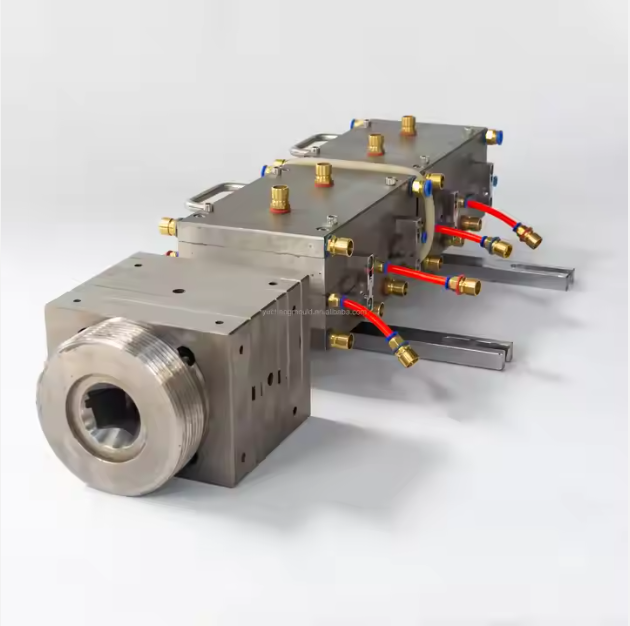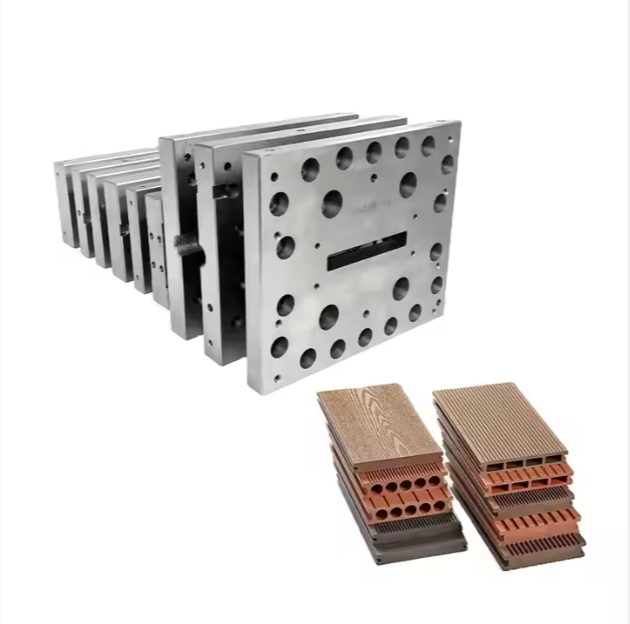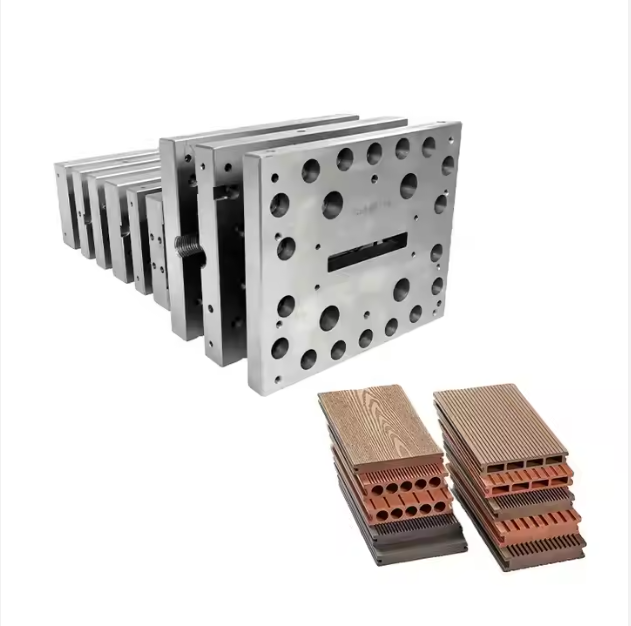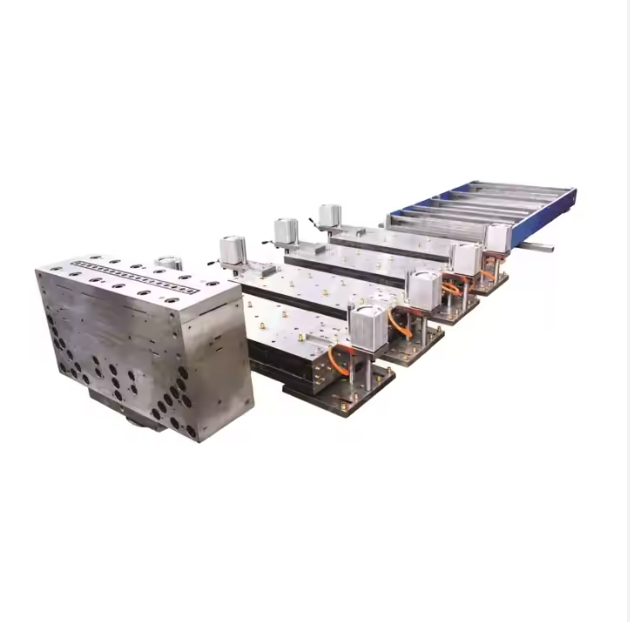What Are the Benefits of Using Innovative Materials in Plastic Extrusion Moulds?
Plastic extrusion is evolving, and so are the materials used in mould manufacturing. Modern manufacturers are no longer limited to traditional steel or aluminum—they are exploring innovative materials that improve efficiency, reduce maintenance, and enhance product quality.
Why Material Choice Matters
The mould material directly affects:
-
Heat conductivity – Faster cooling and better surface finish
-
Wear resistance – Longer lifespan for high-volume production
-
Corrosion resistance – Reduced downtime due to rust or chemical exposure
-
Flexibility – Ability to handle complex profiles and co-extrusion designs
Choosing the right material can save both time and money, especially for high-speed extrusion lines.
Popular Innovative Materials
-
Hardened Tool Steel – Exceptional wear resistance, suitable for abrasive profiles
-
Stainless Steel with Coating – Resists corrosion in humid or chemical-rich environments
-
Aluminum Alloys – Lightweight, faster heat dissipation, ideal for prototypes
-
Surface-treated Steels – Chrome plating, nitriding, or PVD coatings to extend lifespan
Each option has trade-offs, but innovative choices often lead to fewer mould replacements and smoother production.
Why It Matters for Manufacturers
Using advanced materials in extrusion dies allows manufacturers to:
-
Increase production efficiency
-
Reduce maintenance intervals
-
Produce consistent, high-quality profiles
-
Adapt to new products or changing specifications
It’s a small investment in materials, but the payoff in performance is significant.
Innovation in mould materials isn’t just a trend—it’s a solution for reliable, efficient, and high-quality extrusion. Manufacturers who explore these options gain a real competitive advantage.







